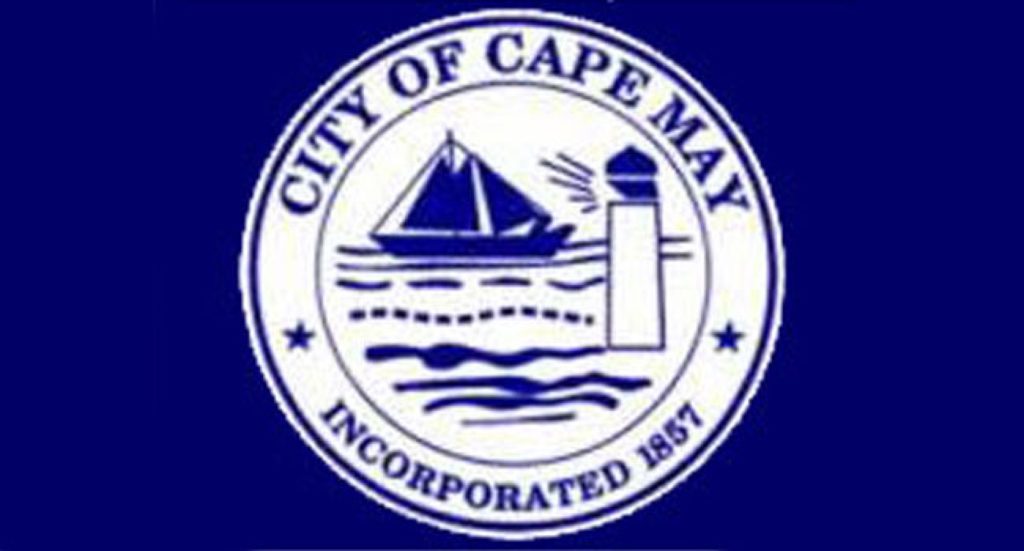CAPE MAY – At the Dec. 15 Cape May Council Meeting, the city’s engineering firm, Hatch Mott MacDonald, presented its findings on a recent feasibility study on the beach slope along the city’s bathing beaches. The city authorized the study of the existing conditions of the beaches, with the goal of undertaking modifications to the beach slopes that could reduce the prevalence of plunging waves. The firm’s presentation provided the results of the study, including the evaluation and analysis of breaking wave conditions within the surf zone, as well as recommendations on the practicality of altering the beach slope.
Throughout the month of November, Hatch Mott MacDonald conducted the following tasks:
- Reviewed existing date, including: historical beach profiles, the U.S. Army Corps of Engineers federal beachfill project, sand grain size analysis, wave analysis and the history of characteristics of the groins along the City’s beaches.
- Conducted numerical modeling of waves under various beach slopes to assess the effectiveness of altering the beach slope.
- Reviewed the project with City officials, U.S. Army Corps of Engineers, NJDEP and Delaware researchers to discuss the project.
- Reviewed beach management alternatives, including: modifications to the beach slope and modifications to the groins.
The findings from Hatch Mott’s feasibility study were that the existing beach slopes are primarily a result of the tide and wave climate and, to a lesser extent, the sand grain size and the presence of groins. And although the sand grain size has become slightly more coarse since the federal beachfills began in 1990, there was no evidence found that the beachfills resulted in steepening of the beach slope.
Project alternatives were considered:
1) Mechanically altering (i.e., by bulldozing) the beach slope;
2) Lowering the crest height and shortening selected groins;
and 3) Decreasing the grain size of future USACE projects. However, it was determined that the decreasing of grain size was unlikely to have any effect.
The recommended project is a pre-summer, beach slope adjustment to provide a uniform slope (1V:25H – i.e., one foot vertical for every 25 feet horizontal) from Queen Street to the west of Grant Street. Sand will moved into the downdrift (i.e. west) side of the groins, into the surf zone, and into dunes where beneficial. The primary purpose of the project is to alter the wave from a “plunging” wave to a “spilling” wave (see pdf document referenced below). The secondary purpose is to provide increased resiliency to dunes in the areas flooded by Superstorm Sandy.
Hatch Mott MacDonald noted that changes to the beach slope will not be permanent, and will likely require maintenance throughout the summer months. Cape May’s City Council will review the project recommendations and make a decision regarding any future action on this issue at its Jan. 5, 2016 meeting.
A PDF of Hatch Mott MacDonald’s full presentation is available on the City’s website at www.capemaycity.com.








